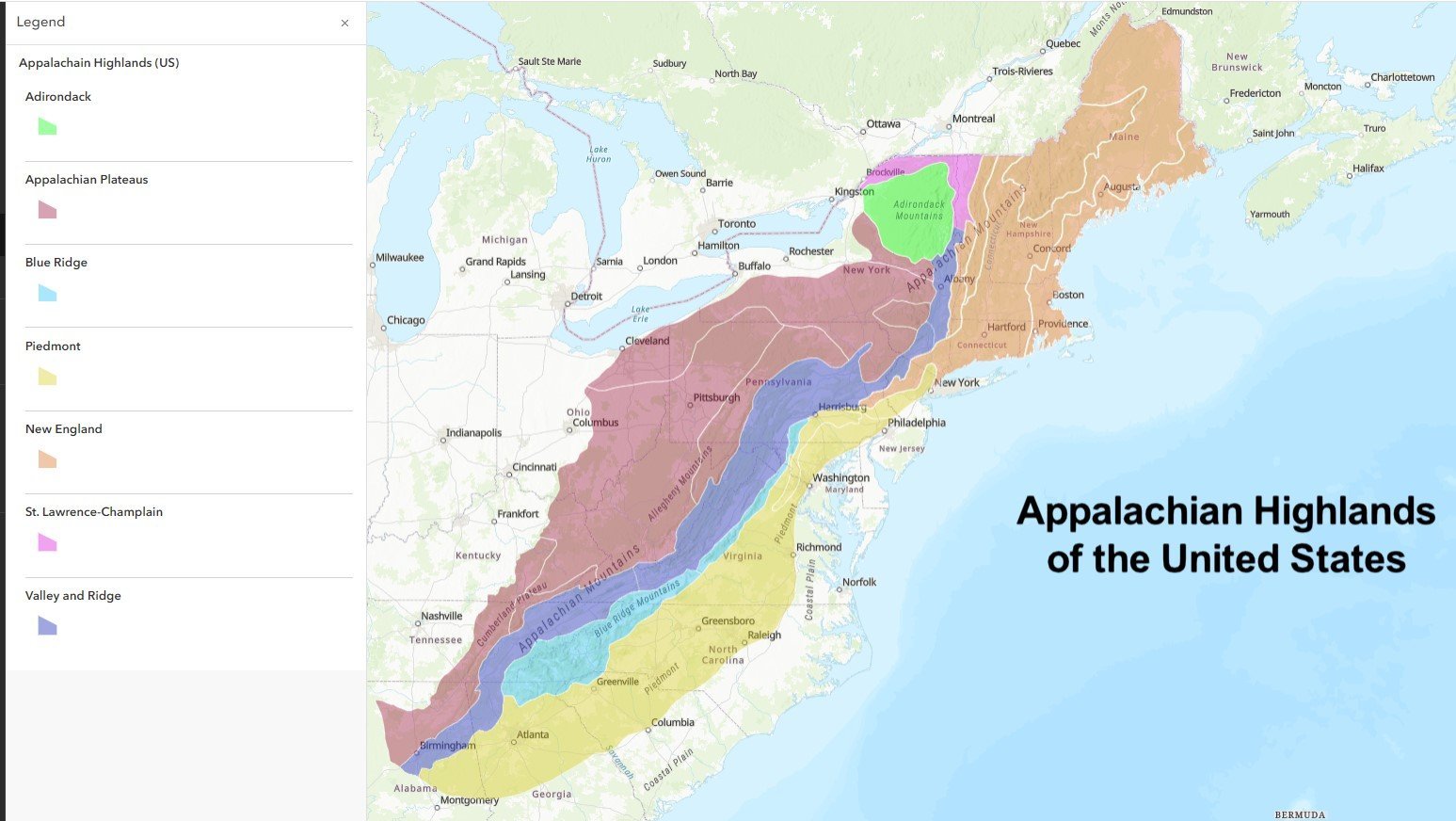The Appalachian Trail presents an exciting yet challenging adventure for novice hikers. While intimidating, strategic preparation, selecting beginner-friendly sections, and understanding trail dynamics can transform this seemingly impossible journey into an achievable goal. Beginners with proper training, appropriate gear, and realistic expectations can successfully navigate portions of this iconic 2,190-mile wilderness path.
Can Beginners Realistically Tackle the Appalachian Trail?

What Makes the Appalachian Trail Accessible for Newcomers?
The Appalachian Trail offers several sections specifically suited for beginners, providing varying levels of difficulty and accessibility. Understanding these nuanced trail segments is crucial for first-time hikers planning their wilderness expedition.
Beginner-Friendly Trail Sections
| Trail Section | Distance | Difficulty Level | Key Features |
|---|---|---|---|
| Shenandoah National Park | 103.2 miles | Easy | Well-maintained trails, frequent road crossings |
| Harper’s Ferry Region | 200 miles | Easy | Flat terrain, populated areas |
| Maryland Segment | 40 miles | Very Easy | Smooth trails, rural landscapes |
What Gear Do Beginners Need?
Essential equipment can make or break a hiking experience. Beginners should invest in:
- Lightweight Backpack: 20-30 pounds capacity
- Comfortable Hiking Boots: Waterproof with ankle support
- Navigation Tools: GPS device or trail mapping app
- Hydration System: Water bottles or hydration bladders
- Weather-Appropriate Clothing: Layered, moisture-wicking materials
How Challenging Are Trail Conditions?
Trail difficulty varies significantly across different sections:
- Terrain Complexity
- Southern sections: Generally smoother, more gradual elevation
- Northern sections: Rocky, more technical terrain
-
Maine: Most challenging, with complex river crossings
-
Elevation Considerations
- Low-elevation sections: 500-1,500 feet above sea level
- High-elevation sections: Up to 6,000 feet, requiring advanced preparation
What Training Prepares Beginners?
Successful Appalachian Trail hiking requires deliberate physical and mental preparation:
- Physical Conditioning
- Start with local day hikes
- Gradually increase hiking distance and elevation
- Incorporate strength training
-
Practice carrying a loaded backpack
-
Mental Preparation
- Develop realistic expectations
- Learn basic wilderness survival skills
- Practice navigation techniques
- Build mental resilience through consistent training
What Safety Protocols Should Beginners Follow?
- Always inform someone about your hiking route
- Carry comprehensive first aid kit
- Pack emergency communication device
- Check weather forecasts regularly
- Understand basic wilderness first aid
What Budget Should Beginners Expect?
Initial investment for Appalachian Trail hiking can range:
– Gear: $500-$1,500
– Travel expenses: $200-$500
– Food and supplies: $10-$20 per day
Final Insights for Aspiring Hikers

Beginners can absolutely hike the Appalachian Trail by selecting appropriate sections, investing in proper gear, maintaining physical fitness, and approaching the journey with patience and preparation.
Recommended Starting Points
- Shenandoah National Park
- Maryland Section
- Harper’s Ferry Region
Critical Success Factors
- Realistic goal setting
- Continuous training
- Proper equipment
- Flexible mindset
When to Seek Advanced Guidance
Consider professional hiking guides or experienced trail mentors if:
– You lack wilderness experience
– Medical conditions require special considerations
– You need comprehensive trail preparation strategies
References:
– Appalachian Trail Conservancy
– The Trek Hiking Resources
– National Park Service Trail Information

